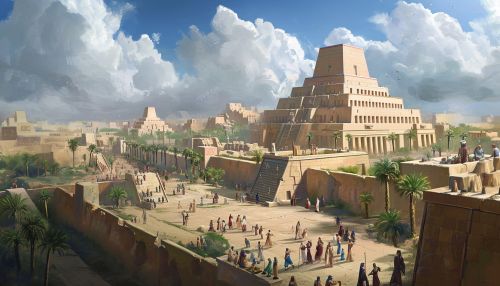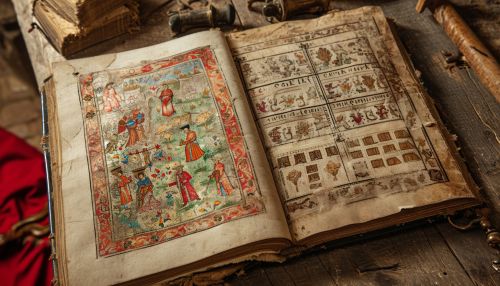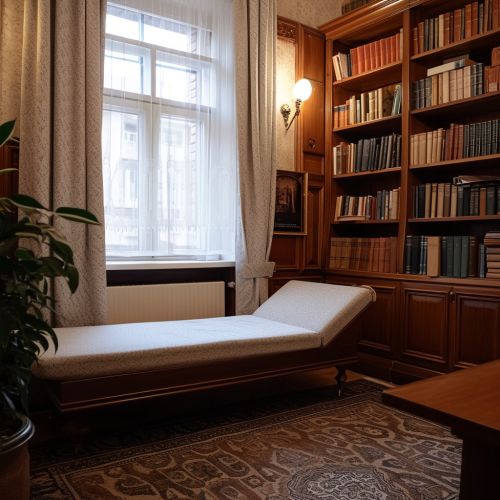History of dream interpretation
Ancient History
The practice of dream interpretation dates back to the ancient civilizations of Mesopotamia, Egypt, and Greece. In Mesopotamia, dream books were created to aid in the interpretation of dreams, with the earliest known dream book dating back to 1350 BC. These books contained a list of dream symbols and their meanings, often relating to the gods and their actions.


In ancient Egypt, dreams were considered to be divine messages and were used for divination and healing purposes. The Egyptians believed that the gods communicated with them through dreams, and thus, dream interpretation was a sacred and important task. The Dream Stela of Thutmose IV, a monument located between the paws of the Great Sphinx of Giza, is one of the most famous examples of dream interpretation in ancient Egypt.
The ancient Greeks also placed a high value on dreams and their interpretation. They believed that dreams were messages from the gods or from the deceased. In the Greek tradition, dreams were often seen as prophetic and were used to predict future events. The Greeks also used dreams for healing purposes, believing that dreams could provide insights into physical and mental health issues.
Middle Ages and Renaissance
During the Middle Ages and the Renaissance, dream interpretation was influenced by religious, philosophical, and scientific ideas. In the Christian tradition, dreams were often seen as messages from God or as temptations from the devil. The interpretation of dreams was thus a spiritual practice, often involving prayer and meditation.
In the Islamic tradition, dream interpretation, or oneiromancy, was considered a sacred art. The prophet Muhammad is said to have had prophetic dreams, and his interpretations of these dreams are recorded in the Hadith. Islamic dream interpretation often involves the interpretation of symbols and the use of allegory.


During the Renaissance, dream interpretation was influenced by the emerging scientific method and the study of psychology. Some scholars began to view dreams as a window into the unconscious mind, rather than as divine messages or prophetic visions. This shift in perspective laid the groundwork for the modern study of dream interpretation.
Modern Interpretation
In the late 19th and early 20th centuries, the study of dream interpretation was revolutionized by the work of Sigmund Freud and Carl Jung. Freud, the founder of psychoanalysis, believed that dreams were a form of wish fulfillment, revealing the hidden desires of the unconscious mind. His book, The Interpretation of Dreams, is considered a seminal work in the field of dream interpretation.
Carl Jung, a student of Freud, developed his own theories about dreams. He believed that dreams were a way for the unconscious mind to communicate with the conscious mind, and that they could provide insights into personal growth and self-discovery. Jung's theory of the collective unconscious and his concept of archetypes have had a significant influence on modern dream interpretation.


In the late 20th and early 21st centuries, the study of dream interpretation has been influenced by advances in neuroscience and the study of sleep. Researchers have studied the brain activity that occurs during dreaming and have made discoveries about the role of REM sleep in memory consolidation and learning. Despite these advances, the interpretation of dreams remains a complex and controversial field, with many different theories and approaches.
